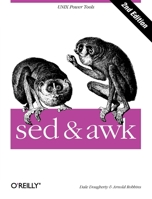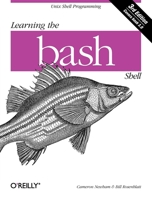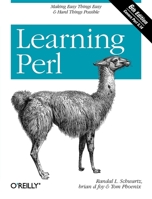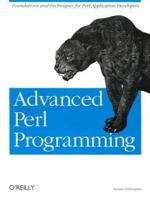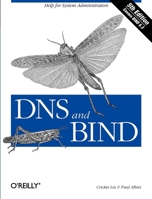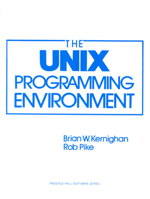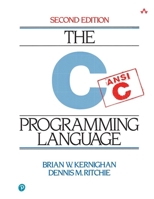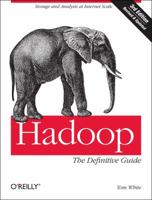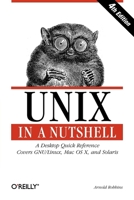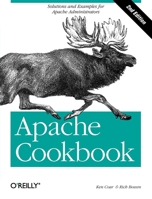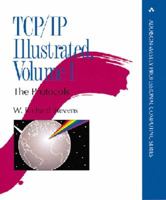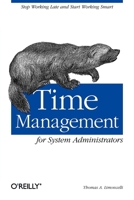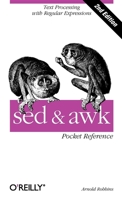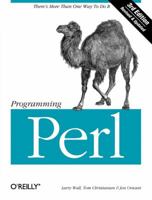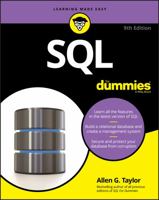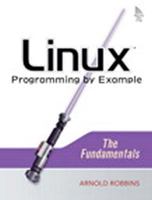Microsoft Visual Basic [With *]
Select Format
Select Condition 
You Might Also Enjoy
Book Overview
If you confront common coding problems or want to learn by example the tremendous capabilities of Visual Basic, you've come to the right book. This is the newly expanded and updated fifth edition of the classic, for everyone from advanced students and intermediate programmers to corporate developers and consultants. As usual, John Craig and co-author Jeff Webb lead you through the exciting new possibilities of the latest version of Visual Basic, with special emphasis on the hot topics of Internet development and data access models. Here's the help you need in the shape you want. You get a ton of code samples covering an inviting assortment of topics, clear and direct answers to a host of common programming problems, and adventures into the most exciting possibilities of the newest version of Visual Basic. If you use Visual Basic, you'll want the newest edition of this essential cookbook. This description may be from another edition of this product.
Format:Paperback
Language:English
ISBN:157231883X
ISBN13:9781572318830
Release Date:January 1998
Publisher:Microsoft Press
Length:804 Pages
Weight:3.75 lbs.
Dimensions:2.2" x 7.4" x 9.1"
Customer Reviews
6 customer ratings | 5 reviews
There are currently no reviews. Be the first to review this work.










![Paperback Microsoft Visual Basic [With *] Book](https://i.thriftbooks.com/api/imagehandler/m/666FF4D262CFFAA09E57BF10FCBAF4B45A3CDCF6.jpeg)


